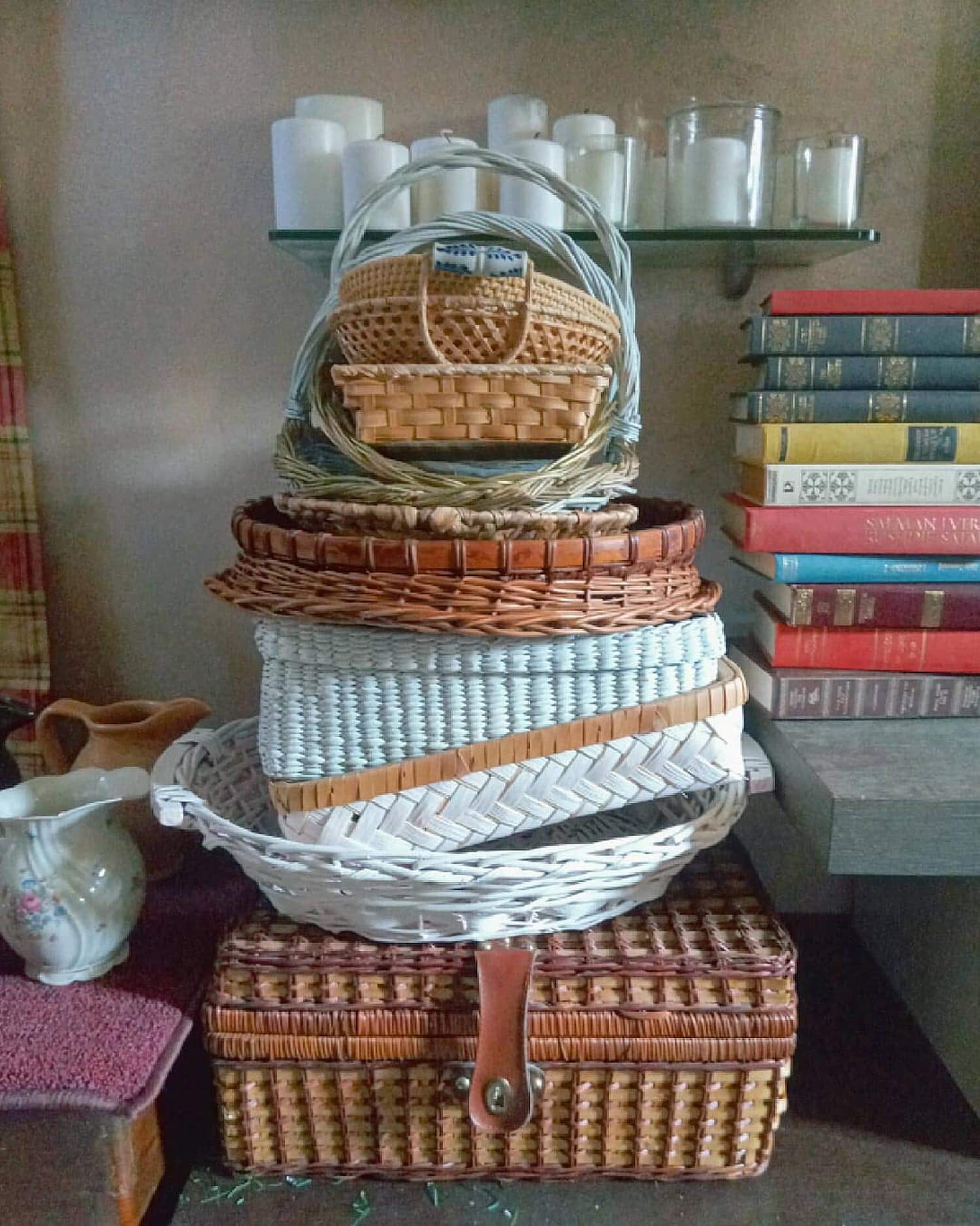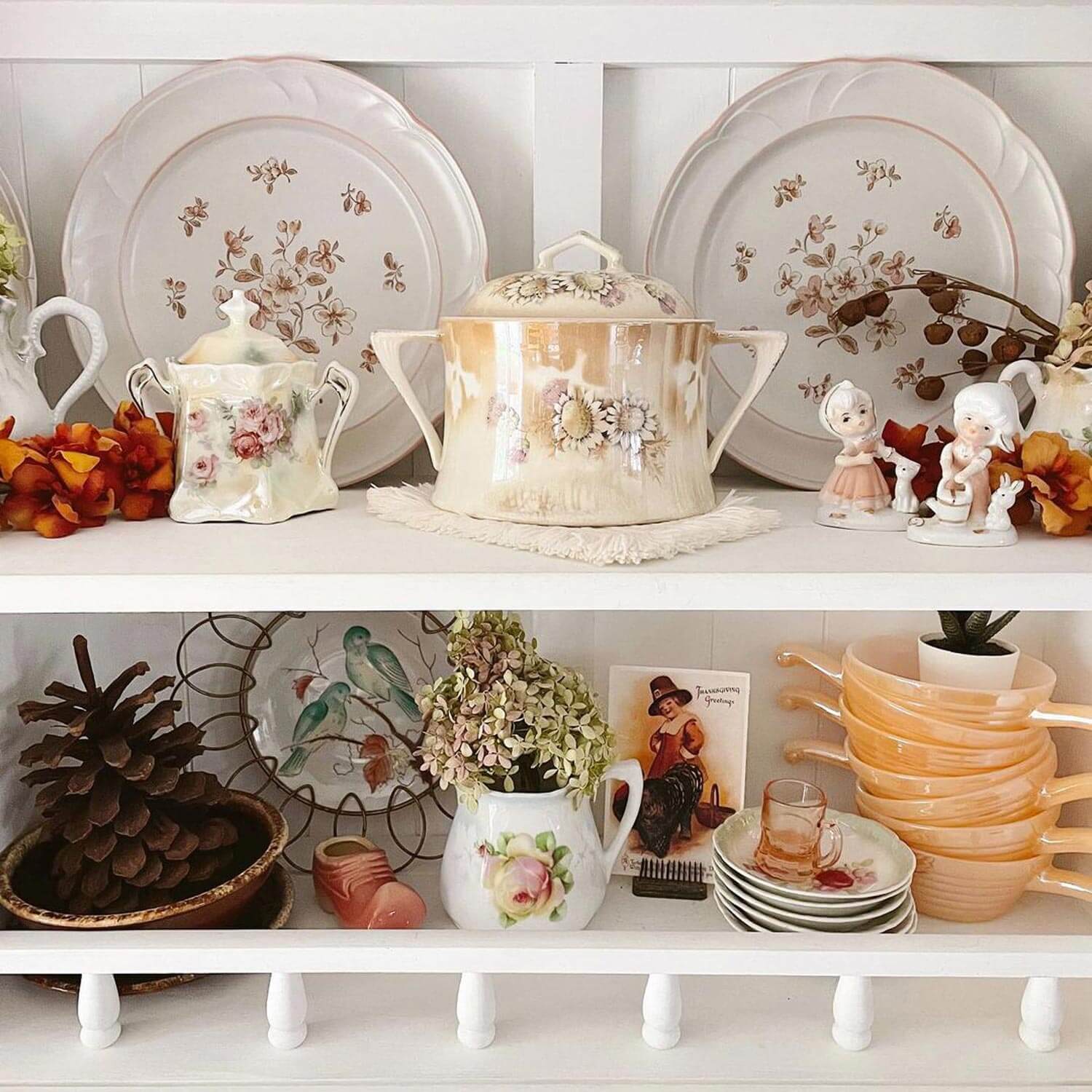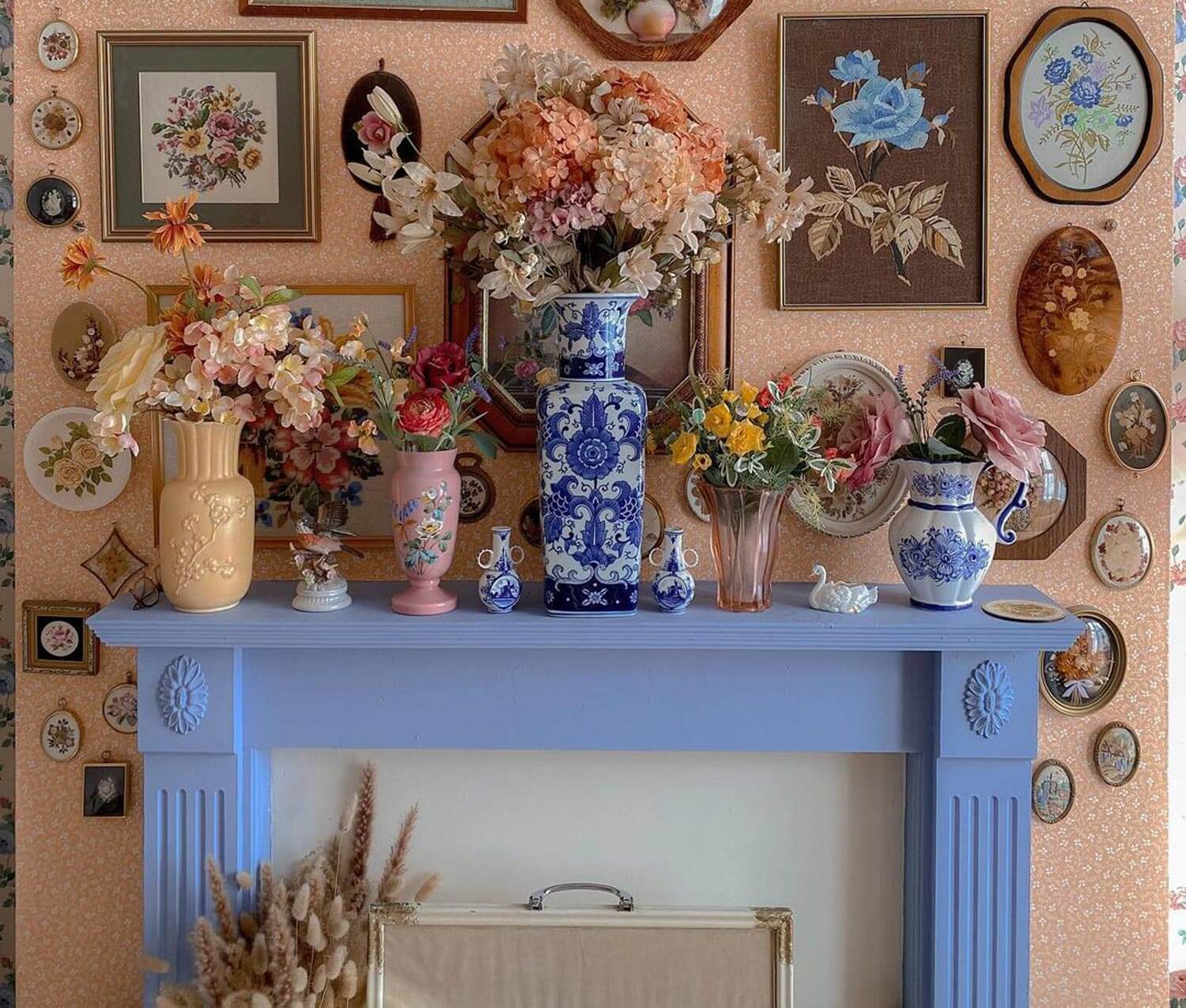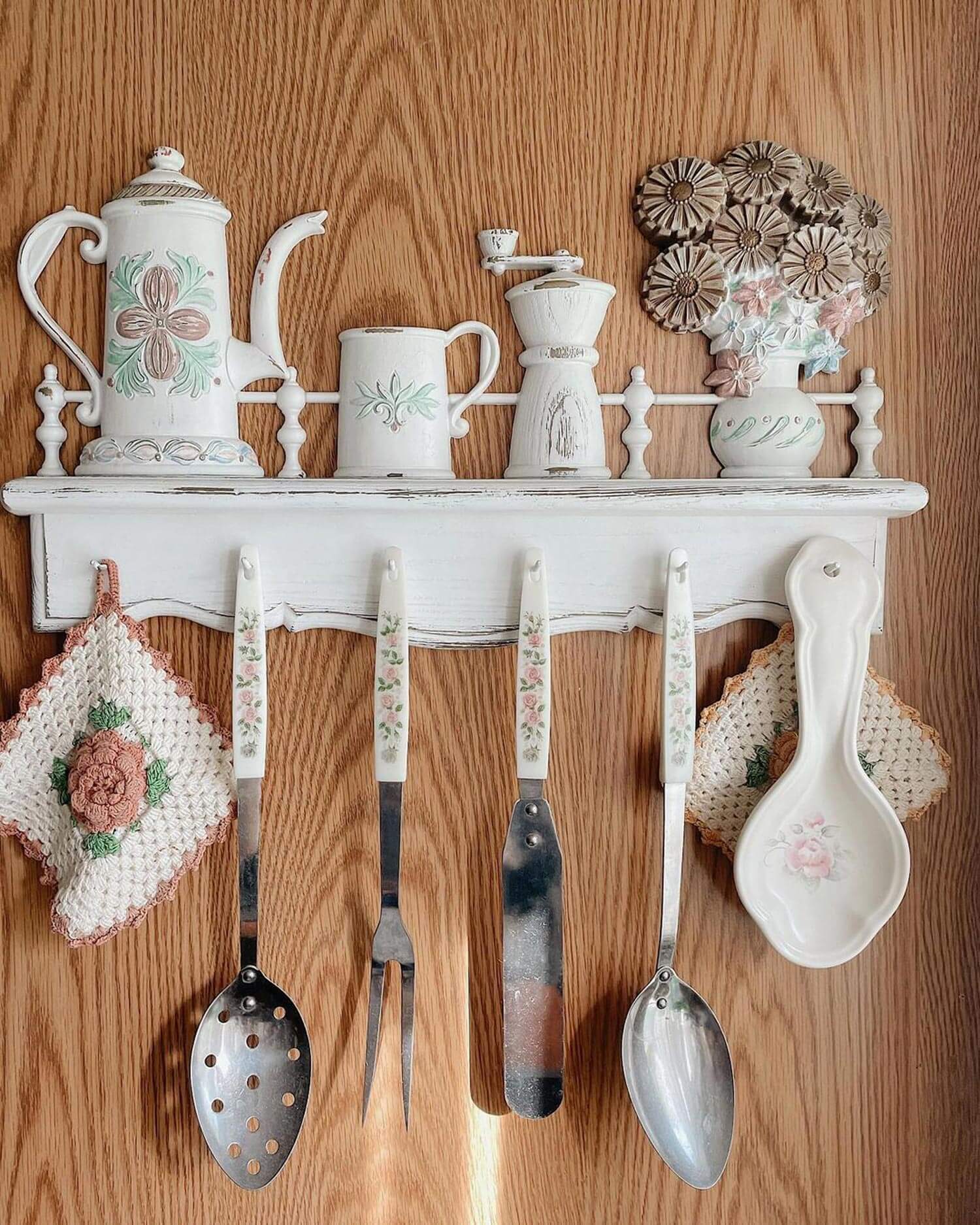
Discover the average feng shui consultant cost, what impacts pricing, and how to save on your consultation.
Cottagecore decor can make even the most urban apartments a slice of rural bliss


The cottagecore movement didn’t come out of nowhere. According to Architectural Digest, it first popped up in 2017 but dramatically rose in popularity during pandemic lockdowns as homeowners turned towards TikTok for a temporary escape. Since then, it’s become so ubiquitous that it even garnered its own headline in The New York Times and defined Taylor Swift’s “Folklore” era.
So, what is cottagecore design style? It’s actually more of a lifestyle movement, and one that is more popular in some parts of the country than others. In addition to sharing Cottagecore design ideas, we wanted to look into which states were most interested in the Cottagecore style. To do this, we looked at Google Trends data for the search term “cottagecore” over the last 12 months. Here is what we found:
.png?impolicy=infographic)
At its heart, cottagecore is a romanticized twist on rural life featuring houseplants, peasant dresses, and bread-baking. Aesthetically, it’s a nod to the classic styles of the English countryside with an exciting dose of vintage kitsch and natural elements.
Want to incorporate cottagecore style into your home? Whether you hire a professional interior designer or roll up your own sleeves, these tips will help you create the cottagecore home of your dreams—horse-drawn wagon not included.

What does a cottagecore home look like? It’s filled with natural materials like wood, linen, wicker, and flowers. Furniture is a great place to start. Choose rustic pieces that let the natural wood grain take center stage. Take it one step further with wood paneling. Kitchen designer Josephine Bell says paneling “works especially well in kitchens or bathrooms to create a more traditional cottage feel.”

Think of a classic cottage style. There are a lot of florals, right? Cottagecore homes aren’t any different. The cottagecore trend thrives on mixing and matching floral patterns—the more vibrant and detailed, the better. Don’t be afraid to layer different floral patterns in your bedding or mix clashing floral upholstery.

The cottagecore vibe is cozy—but it’s an antique kind of cozy. It borrows from a time before forced air heating (even if you love your modern HVAC system). For this reason, a wood or gas-burning stove is a great living room centerpiece. If you want the real thing, you’ll need to hire a stove professional for installation. Otherwise, you can get an electric stove that captures the look without the fuss.

Wicker doesn’t just have an old-timey cottagecore aesthetic; it’s also a great way to add texture to a room. For an entry-level home decor accent, layer wicker baskets. If you want to go all-out, opt for a white, Victorian-inspired furniture set. Bonus points for floral cushions.

Nothing screams “cottagecore decor” like a vintage plate display. The era isn’t important so much as the aesthetic. Mix and match some of your favorites—from decorative farmhouse plates to Victorian-style teacups to kitschy ceramic figurines. If you’re looking to save, thrift stores are usually loaded with budget-friendly vintage dinnerware.

The cottagecore lifestyle has a deep appreciation for nature—and that should be reflected in your home decor. Make a floral gallery wall by mixing and matching vintage picture frames with botanical prints and scenery of the lush countryside. Again, thrift stores, estate sales, and antique shops are excellent resources.

The cottagecore design trend has a couple off-shoots, including “dark cottagecore,” which mixes the aesthetic of an English cottage with gothic design. Dried flowers are a huge part of it—and you don’t have to be an expert florist or interior designer to make your own arrangements. You can DIY the job by hanging fresh flowers upside down until they dry out or you can purchase pre-dried pampas grass or cattails. Mix a variety of flowers until you like the way it looks.

The cottagecore aesthetic doesn’t skimp on the florals, and that includes floral wallpaper. “I’d always explore wallpaper and pattern clash,” says Amy Knight of My Sustainable Home Style. “With cottagecore, it’s all about fun, not playing it safe. So, you’re allowed to be as creative as possible.” In other words, the cottagecore look is more whimsical than you might think, so don’t fear bold patterns.

The cottagecore interior design trend mixes and matches vintage and antique accents with modern elements. Repurposing your old furniture is a great way to incorporate this kind of interior design style. Transform a vintage trunk into a coffee table or create a bathroom sink from an antique desk.

Home decor isn’t always decorative. Sometimes it has a purpose. Practical kitchenware can do both. To give your kitchen a cottagecore aesthetic, use your kitchenware as decor—whether you hang copper pots and silver spoons on hooks or display flour-filled mason jars on open shelving.

The average cost to install a stone wall is nearly $5,000, but if you’re looking for a complete cottagecore renovation, exposed masonry will completely transform your home. This isn’t a task for a DIYer, but you can opt for a faux wall covering to save a buck.
From average costs to expert advice, get all the answers you need to get your job done.

Discover the average feng shui consultant cost, what impacts pricing, and how to save on your consultation.

Discover the cost to design a bathroom, including key price factors, to help you plan your remodel with confidence and avoid budget surprises.

Need a little extra room for clothes storage in your home? Learn about the average cost to build a closet, some cost factors to consider, and more.

Discover the cost to install a built-in wardrobe. Learn about average prices, installation factors, and ways to save on your custom storage project.

There are a lot of crown molding materials to choose from, and you’ll need to know the benefits of each to know how to pick the best one for your needs.

Reinvigorate your home with the summer-ready decor trends welcoming us into the sunniest days of 2025. Find your favorite among these top 10.